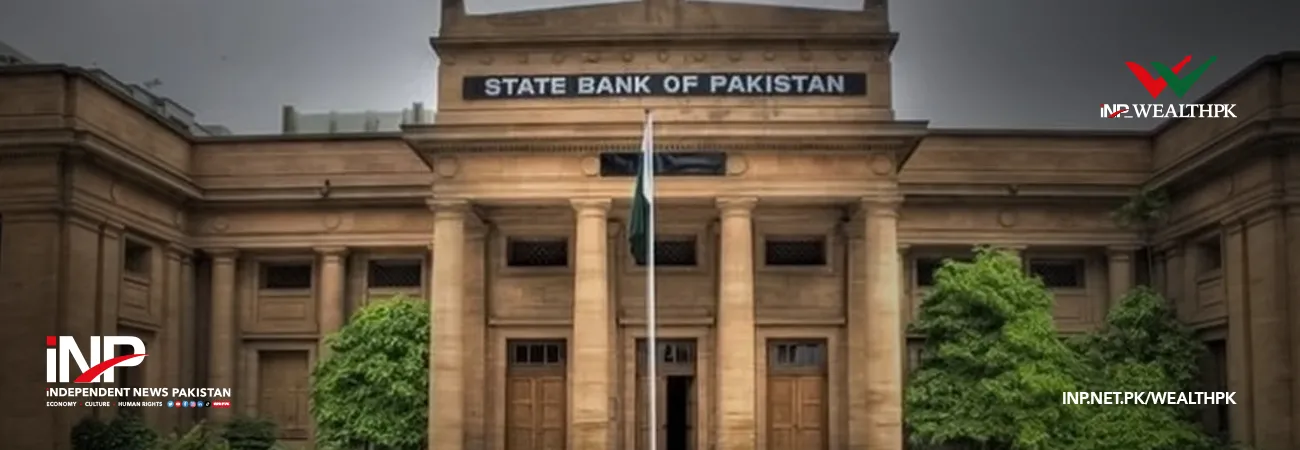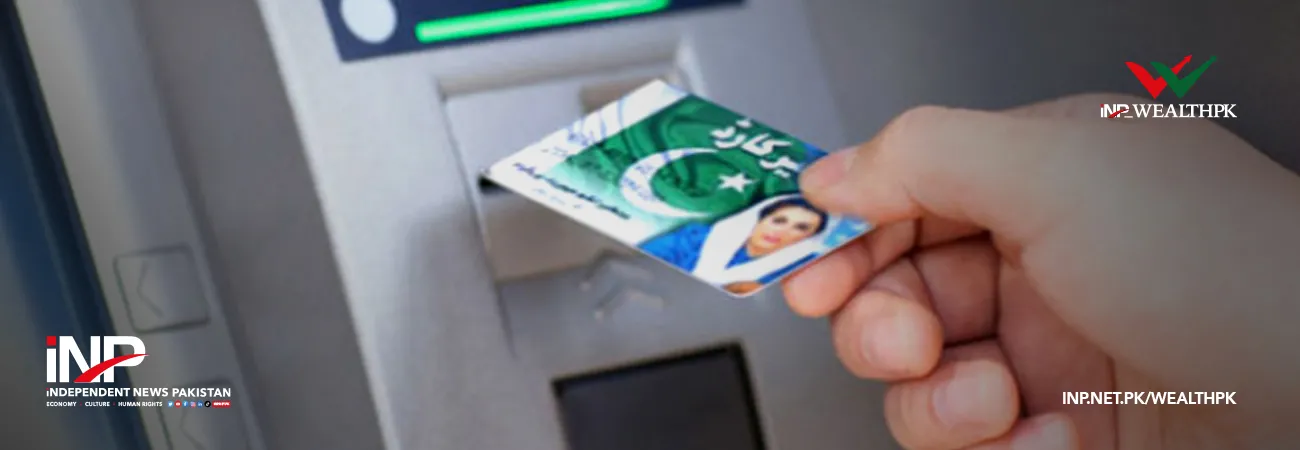INP-WealthPk
Farooq Awan
Pakistan’s fiscal position showed signs of improvement in the first quarter of FY 2026 as tax revenues rose by 12.5 percent year-on-year, supported by strong collections from key sectors and higher non-tax receipts, according to the State Bank of Pakistan’s (SBP) latest Monetary Policy Statement.
The Monetary Policy Committee (MPC) said total tax revenue reached Rs2.9 trillion in Q1, falling short of the quarterly target by Rs198 billion, but still reflecting notable momentum in domestic collection efforts. Higher profit transfers from the SBP and robust receipts under the Petroleum Development Levy (PDL) helped strengthen non-tax revenue flows, partially offsetting the shortfall.
The central bank said the overall and primary fiscal balances are both likely to post surpluses in Q1-FY26, marking an encouraging start to the fiscal year. “These outcomes indicate the authorities’ continued commitment to fiscal consolidation and discipline,” the statement noted.
The MPC observed that Pakistan’s fiscal accounts remain under pressure for several years due to heavy interest payments and limited revenue growth. However, recent efforts to improve tax compliance, rationalize expenditures, and broaden the revenue base have begun to yield results.
According to SBP data, the primary surplus which excludes interest payments is expected to remain positive, aided by restrained current spending and a cautious approach to development expenditure amid ongoing post-flood rehabilitation work. The government has been using budgeted fiscal resources to meet flood-related costs rather than resorting to off-budget borrowing.
The SBP said sustained fiscal prudence would be crucial to meeting the overall and primary balance targets agreed under Pakistan’s Extended Fund Facility and Resilience and Sustainability Facility with the International Monetary Fund (IMF). “Maintaining discipline while accommodating reconstruction needs will support macroeconomic stability and investor confidence,” the statement said.
Economists said the improved fiscal trend reflected both higher tax efficiency and reduced government borrowing from the banking system, which had in turn created space for private-sector credit expansion. Net budgetary borrowing remained contained during the quarter, aligning with the government’s goal of curbing domestic debt accumulation.
The MPC emphasized that continued fiscal reform, particularly in taxation, energy pricing, and public-sector enterprise management, is essential to reducing long-term debt vulnerabilities. “Enhanced revenue mobilization remains a cornerstone of fiscal sustainability,” it said.
The SBP added that the recent staff-level agreement with the IMF is expected to unlock additional budgetary support and concessional inflows, further easing near-term financing constraints. Improved coordination between monetary and fiscal authorities would help maintain the delicate balance between stimulating growth and preserving stability.
The central bank warned that fiscal slippages or unbudgeted spending pressures could undermine disinflation efforts and reignite macroeconomic imbalances. “The post-flood rehabilitation expenditures must continue to be financed through existing allocations to safeguard the fiscal outlook,” it advised.
With the tax-to-GDP ratio still below 10 percent, experts believe broadening the base remains Pakistan’s most critical structural challenge. The Federal Board of Revenue (FBR) has launched several digital initiatives aimed at expanding taxpayer registration, minimizing evasion, and improving transparency through e-invoicing and real-time reporting systems.
The SBP said that fiscal consolidation, coupled with improved external inflows and a moderate current account position, would enhance Pakistan’s resilience against global shocks. “Together, these factors can help anchor expectations and sustain the recent improvement in economic sentiment,” the central bank concluded.

Credit: INP-WealthPk












